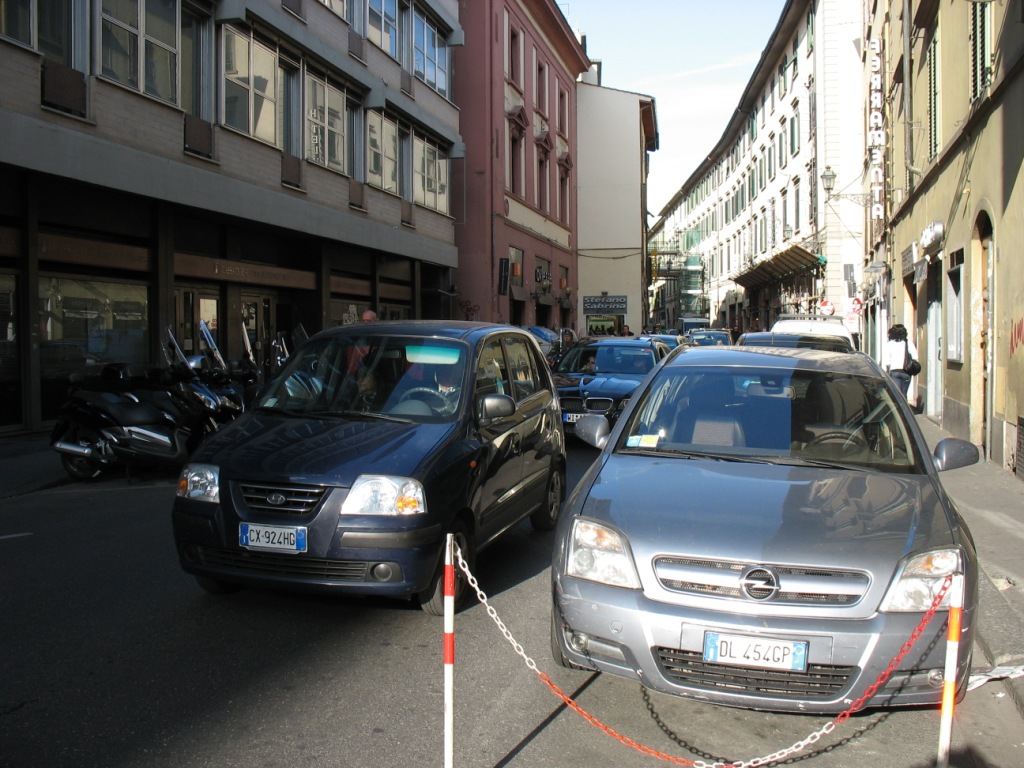Communities of Practice in BRIDGE
In the BRIDGE project, ten Community of Practice (CoP) meetings were organized in which end users could meet with researchers from BRIDGE. Each case study city (Athens, Firenze, Gliwice, Helsinki and London) hosted two of these meetings. We present a short overview of the results here.
The CoP reports show that a number of issues is shared in all five cities:
Sustainability priorities air quality, energy and water;
Transport, mobility, associated emissions and congestion.
Next to these shared issues, there also are areas of interest in which a selection of the cities has expressed interest such as green spaces and the services they offer, improving communication and cooperation within and outside governments, attractive land use, public health, urban heat and accommodation of economic growth.
Air pollution and public health
Main issue brought up by the participants is air pollution (NOX, SOX, CO, O3, PM, Benzene) and its effects on human beings in the cities. Sources of harmful constituents of the air are mainly emissions by traffic, heating systems and industry. Every one of the five cities faces problems in the area of pollutants affecting public health. Every city has air pollution monitoring networks and plans to deal with this problem. While air pollution is perceived as a major issue in all cities, actions to reduce it have only been mentioned for London. The city of London has implemented several policies to improve air quality in the last few years. A congestion charge has been applied for the center of the city which reduced emissions, accidents, and traffic. A second effort is the London Low Emission Zone (since 2008) where goods and services vehicles have to comply with a low emission standard. However, air quality is still a problem in London and meeting the EU standards is difficult.
Thermal discomfort
The issue of thermal discomfort was raised in Athens, Firenze and London. Temperatures in urban areas are known to be higher on average and especially during the night than temperatures in their rural surroundings – the so called urban heat island (UHI) effect. Heat waves and hotter summer temperatures due to climate change make it an increasingly urgent problem. The main strategy to reduce thermal discomfort mentioned during the Cop’s (Athens, Firenze, London) is to mitigate the UHI effect by using appropriate (surface) materials and to increase urban vegetation. Furthermore, increasing the energy efficiency of old buildings (Athens), reducing the likelihood of air conditioning by appropriate building types (London) and identifying vulnerable people in advance (London) were brought up as ways to reduce thermal discomfort impacts.
Energy efficiency and CO2 reduction
Energy use and efficiency are perceived as key planning issues by all CoP’s. A general decrease in energy use, improved efficiency and an increased use of renewable energy are mentioned throughout all cities as the main categories of solutions. According to the CoP reports, CO2 reduction is also an objective in all cities. The influence of CO2 as a greenhouse gas on global climate change and thus on the potential exposure of cities to more extreme temperature conditions seems to be the main driving force behind it. Even if national or regional guidelines for improving energy efficiency exist, they may not always be easily adopted as an example of Firenze shows: 90% of the old buildings are protected as a monument, so the regional guidelines are only applicable to new buildings.
Mobility and traffic
Congestions, emissions, accidents and climate change on one side; economic need and private interests on the other. Traffic and mobility are hot and difficult topics in urban planning. In general the problems and challenges that the BRIDGE case study cities seem to have today are more or less the same: Reducing private mobility and increasing public transport as well as non-motorized traffic use. The individual interest in private mobility can be an extremely difficult topic for urban planners. Traffic is on top of the list of environmental issues but can be politically too sensitive to be addressed. Emissions, accidents, congestions and a lack of coordination are making it a key priority, but on the other hand people react very emotional if e.g. parking space is being removed (Figure 1).

Figure 1. Traffic in Firenze.
Urban green and open spaces
Green areas in a city play an important role as recreational spots for the population, they increase the amenity of a place, sequester dust and particulate matter and have a cooling effect. When they become an important issue in urban planning considerations, it seems to be mostly because of a lack of them, e.g. that urban growth has not been going along with an adequate growth of green areas or that green areas are unevenly distributed (Firenze). The reasons for lack of green spaces may be different for each city. In Athens it was mentioned that laws restrict the municipality from buying public spaces and turning them into green and that environmental degradation is taking place due to increased urbanization without proper planning. The vegetation coverage in London is already comparatively high (20%). An ambitious plan to increase it by 5% in 2030 and another 5% in 2050 exists but is said to be difficult to achieve (Figure 2).

Figure 2. Regents park in London.
